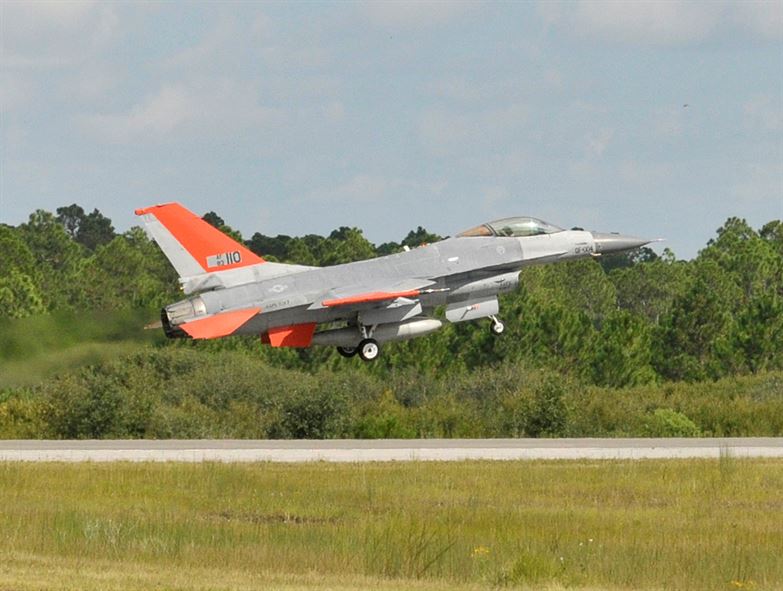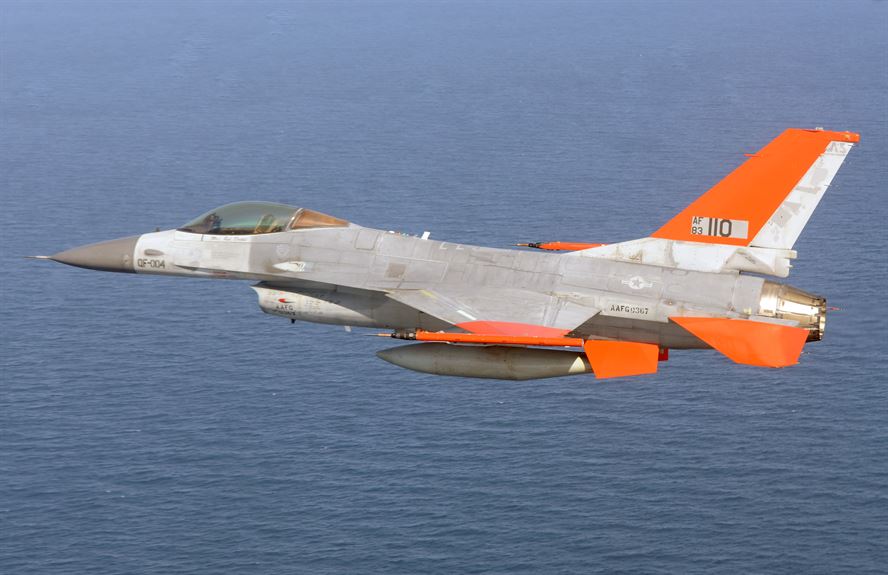The USAF plans to convert older-model F-16s into full-scale target drones under the QF-16 Air Superiority Target (AST) program. These AST drones are used in Weapon System Evaluation Programs (WSEP) for assessing upgrades or replacements for air-to-air missiles (AAM), and they are also useful for giving pilots the experience of a live AAM shot and kill prior to entering combat. QF-16s would replace the current QF-4 drones, the last of which are expected to be expended around 2015.
[komper pid=6 category=2 compareform=no]
When the F-16s arrive at Boeing’s facility, they are stripped down to remove unneeded parts, including the fighter’s Vulcan six-barrel 20mm cannon and the APG-66/68 radar. Because the USAF requires that the QF-16 be able to fly in both manned and unmanned modes, Boeing will modify the flight control system, working in a teaming arrangement with BAE, the original equipment manufacturer for the F-16 flight control system.






